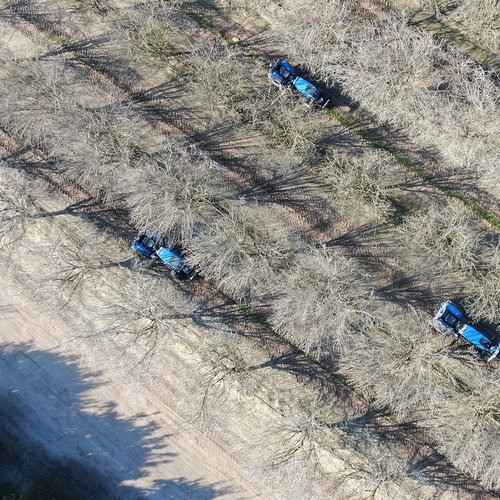International markets for wool and cotton saw much volatility through the course of 2022 – with the lingering impacts of COVID and escalated geopolitical and economic uncertainty affecting the trade – and the year ahead could be equally turbulent, says agribusiness banking specialist Rabobank in a recent industry podcast.
Speaking on the podcast, ‘Turbulent 2022 for Cotton and Wool Prices’, Rabobank associate analyst Edward McGeoch said local and global extreme weather events have significantly impacted cotton production while Australian wool production is on the rise.
2022 cotton review
There has been a lot of fluctuation with cotton prices through 2022, Mr McGeoch said.
“Cotton prices opened well off the back of strong performances in 2021 – kicking off the year with a local price of roughly $740 per bale. And we saw the price trend up significantly to an 11-year high, with rises of 29 per cent to achieve just under $1000 per bale.
“Unfortunately, we have seen a steady decline from those high prices, which almost halved during the year, recovering slightly in recent months to sit at approximately $600 per bale.”
Mr McGeoch said there were a number of factors “playing into” the dramatic cotton price fluctuations seen through 2002.
“Reduced global production being one of the chief drivers of the market volatility. The US cotton crop has been affected by ongoing drought conditions – particularly in Texas, one of the major cotton-producing states.
“Retail sales have also been strong off the back of COVID lockdowns and cotton mills have been very active in the market – driving prices back up.”
2022 Wool review
Mr McGeoch said Australian wool producers – like cotton growers – had experienced similar volatile market conditions throughout the course of the year.
“The Eastern Market Indicator (EMI) climbed significantly through the first half of 2022 to reach a high of approximately 1474 cent/kg. And subsequently we have seen the EMI slide back by roughly 20 per cent from those high prices seen earlier in the year.”
Mr McGeoch said falling international consumer confidence in major wool markets, such as China and the US, through 2022 is the major factor behind the downturn in Australian wool prices.
“International retail apparel sales drive the Australian wool market and while there was a strong start to the year, growing international economic uncertainty has seen a negative effect on the sale of wool apparel and hence local prices,” he said.
“Key markets for wool suits – US, Japan and France – have seen reduced product appetite with sales down between 20 and 50 per cent. And the long COVID lockdowns in China through the year have affected the country’s wool milling capacity and saw reduced demand for Australian wool.”
2023 Cotton outlook
Mr McGeoch said there have been recent industry adjustments made to the 2023 production outlook – globally and locally, due to weather events.
“US production was down this year by roughly 3.5 million bales due to drought conditions. And flooding and heatwaves in Pakistan during the year saw a reduction in the nation’s cotton production of approximately 1.5 million bales.”
Looking at the Australian cotton production outlook, Mr McGeoch said the sector is coming off a very strong 2021/22 season of around 5.75 million bales – a big increase on the previously drought-impacted years.
“Australia’s production estimate for 2022/23 was around six million bales, however, the excessive rainfall and flooding in southern Queensland and across cotton-growing areas of New South Wales has put a ‘serious dint’ in the outlook for the 2022/23 production season.”
Mr McGeoch said Rabobank is now expecting to see a cotton harvest next year of under five million bales due to the impacts of the wet weather.
2023 wool outlook
“Since 2019, we have seen the Australian sheep flock recover in numbers, following years of drought – the increased sheep numbers have subsequently contributed to a lift in wool production,” Mr McGeoch said.
“In 2021, Australian wool production was approximately 294 million kilograms which we saw increase in 2022 to around 324 million kilograms. And 2023 is tracking higher year-on-year with a forecast of 340 million kilograms to be produced.
“Through the course of this year, there has been a growth in wool production in Queensland and Tasmania – with sheep numbers increasing in Queensland and improved seasons seen in Tasmania.”




